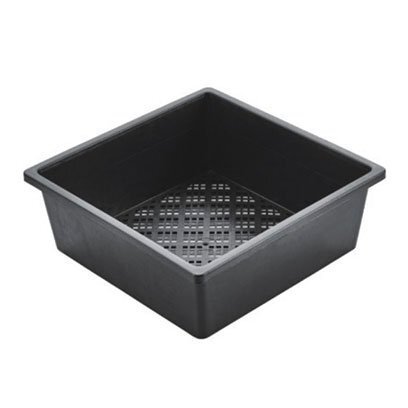 FZ270 hydroponic trays size in cm: 27cm(Length) x 27cm(Width) x 10cm(Height).
FZ270 hydroponic trays size in inch: 10.63inch (Length) x 10.63inch (Width) x 3.94inch (Height).
FZ270 hydroponic trays size in cm: 27cm(Length) x 27cm(Width) x 10cm(Height).
FZ270 hydroponic trays size in inch: 10.63inch (Length) x 10.63inch (Width) x 3.94inch (Height).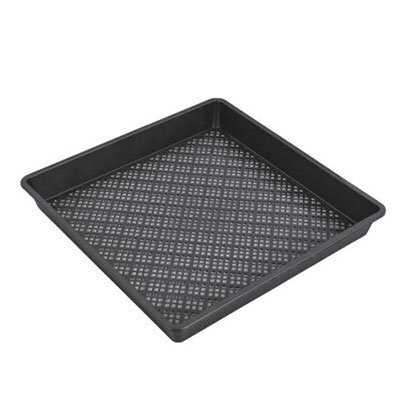 FZ425A hydroponic tray size in cm: 42.5cm (Length) x 42.5cm (Width) x 5.5cm (Height).
FZ425A hydroponic tray size in inch: 16.73inch (Length) x 16.73inch (Width) x 2.17inch (Height).
FZ425A hydroponic tray size in cm: 42.5cm (Length) x 42.5cm (Width) x 5.5cm (Height).
FZ425A hydroponic tray size in inch: 16.73inch (Length) x 16.73inch (Width) x 2.17inch (Height).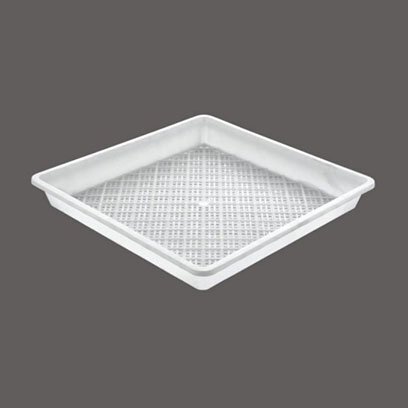 FZ430A hydroponic trays size in cm: 43cm(Length) x 43cm(Width) x 5.5cm(Height).
FZ430A hydroponic trays size in inch: 16.93inch (Length) x 16.93inch (Width) x 2.17inch (Height).
FZ430A hydroponic trays size in cm: 43cm(Length) x 43cm(Width) x 5.5cm(Height).
FZ430A hydroponic trays size in inch: 16.93inch (Length) x 16.93inch (Width) x 2.17inch (Height).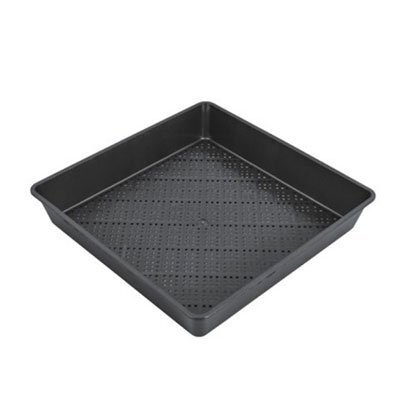 FZ430B hydroponic trays size in cm: 43cm(Length) x 43cm(Width) x 7.5cm(Height).
FZ430B hydroponic trays size in inch: 16.93nch (Length) x 16.93inch (Width) x 2.95inch (Height).
FZ430B hydroponic trays size in cm: 43cm(Length) x 43cm(Width) x 7.5cm(Height).
FZ430B hydroponic trays size in inch: 16.93nch (Length) x 16.93inch (Width) x 2.95inch (Height).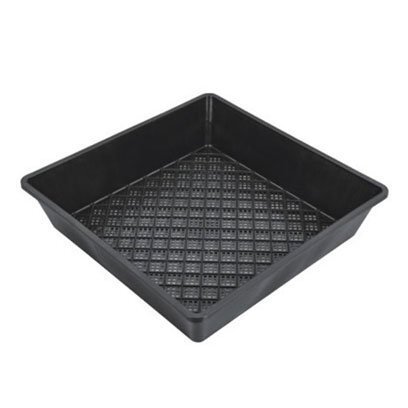 FZ460C hydroponic trays size in cm: 46cm(Length) x 46cm(Width) x 10cm(Height).
FZ460C hydroponic trays size in inch: 18.11inch (Length) x 18.11inch (Width) x 3.94inch (Height).
FZ460C hydroponic trays size in cm: 46cm(Length) x 46cm(Width) x 10cm(Height).
FZ460C hydroponic trays size in inch: 18.11inch (Length) x 18.11inch (Width) x 3.94inch (Height).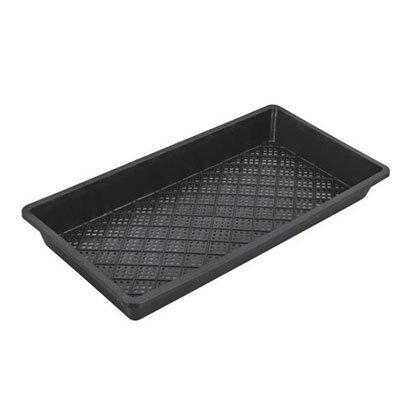 FC540 hydroponic trays size in cm: 54cm(Length) x 27cm(Width) x 6cm(Height).
FC540 hydroponic trays size in inch: 21.26inch (Length) x 10.63inch (Width) x 2.36inch (Height).
FC540 hydroponic trays size in cm: 54cm(Length) x 27cm(Width) x 6cm(Height).
FC540 hydroponic trays size in inch: 21.26inch (Length) x 10.63inch (Width) x 2.36inch (Height).
Plastic hydroponic trays are made of quality polypropylene and polypropylene material. UV protected to ensure long-lasting quality. Eco-friendly and air permeability. They are perfect for soil blocks or rockwool cubes. Excess water runs right through due to the mesh bottom.
Hydroponic sprouting trays are durable and reusable. You can use hydroponic germination tray many times. Efficient bulk packaging is available for high volume users. Hydroponic seed trays OEM or ODM are available. If the order quantity is large, we will refund the mold cost.
We do not have MOQ if we have stock. If we do not have any stock, the MOQ is up to the product. Different products will have different MOQ.
Packing: We often pack with solid box, pallet and pp bags. We often stack them one by one, which will save much more space on the container.
Delivery: We often deliver our goods by sea, we deliver the samples by courier, for example, Fedex, DHL, UPS, TNT and Aramex! We ship worldwide, such as USA, Canada, UK, Ireland, Australia, NZ, Malaysia, South Africa, Israel, UAE, Saudi Arabia, Lebanon, Trinidad, Jamaica etc.
Payment: Bank transfer (T/T), Western Union, Paypal or Letter of credit.
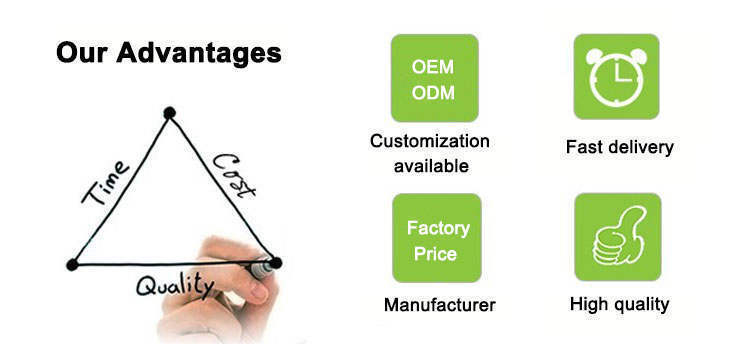
We are a professional seed trays manufacturer. We have 20 years of plastic hydroponic trays manufacturing experience. High quality and competitive factory price, free samples, fast delivery, 24-hours service!
We have a 35,000m² workshop area, the most professional team and the most advanced production machines. So we have the ability and confidence to meet your best hydroponic trays requirements!
As nursery tray manufacturers, we always put quality in the first place. In order to guarantee the performance of small hydroponic trays and large hydroponic trays, Wilson Garden produces the hydroponics seed germination tray in accordance with international standards.
We promise to provide qualified products for our customers. It is crucial to choose a suitable hydroponic farming tray for your application. Wilson Garden is a trustworthy hydroponic grow trays supplier that can provide you with high-quality products and services.
Name: Vincent Lee
Phone: 0086-15838107808
Wechat: Wilson15838107808
Whatsapp: 0086-15838107808
Email: vincentwilsongarden@gmail.com